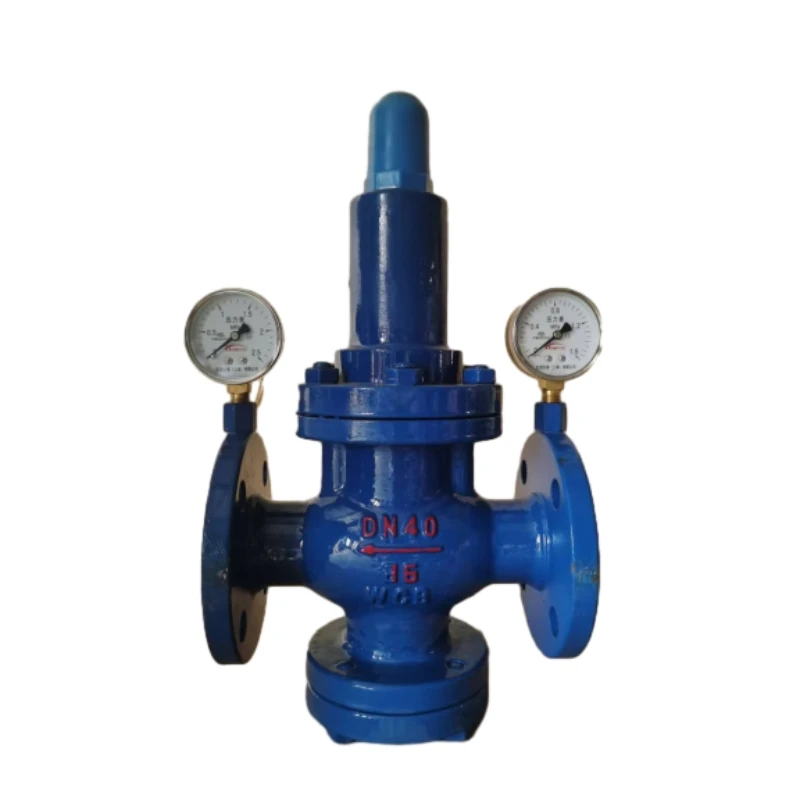Transforming Round Manholes into Square Shapes for Improved Urban Design
Round to Square Manhole A Practical Approach to Urban Infrastructure
In urban planning and infrastructure management, the design and implementation of manholes play a critical role in maintaining the functionality and aesthetics of city roads and public spaces. Traditionally, most manholes have been round, but recent innovations and materials have prompted discussions about the potential benefits of square manholes. This article explores the advantages and considerations of this shift in design, particularly focusing on the transition from round to square manholes.
Understanding Manhole Design
Manholes are essential components of urban drainage and sewage systems, providing access for maintenance and inspection of underground utilities. The conventional round shape is rooted in practical engineering principles; a circular lid cannot fall into its opening, regardless of its orientation, making it a reliable choice for safety. However, as cities evolve and the demand for efficient infrastructure mounts, the exploration of alternative shapes presents intriguing possibilities.
The Case for Square Manholes
One of the primary arguments for the adoption of square manholes is their ease of fabrication and integration with other urban elements. Square manholes can be designed to align with the grid layout of streets, ensuring a more cohesive and aesthetically pleasing urban environment. Moreover, they are easier to manufacture in terms of molds and materials, potentially lowering production costs.
Another significant advantage is the maximization of functional space. Square manholes can be engineered to accommodate larger access points, allowing for more convenient entry for maintenance workers and equipment. This leads to improved efficiency when conducting repairs or inspections, ultimately benefiting the overall efficacy of urban systems.
Challenges in Transitioning to Square Manholes
round to square manhole

Despite the potential benefits, the transition from round to square manholes is not without challenges. One of the most pressing concerns involves safety and accessibility. While a square cover can be designed to prevent accidental falls, it requires careful engineering to ensure that it remains secure during vehicular traffic and does not present a tripping hazard for pedestrians. Proper engineering and rigorous testing are essential to ensure that square manholes can maintain their integrity under varying conditions.
Additionally, there is a prevalent concern about the existing infrastructure. Many cities have decades, if not centuries, of legacy systems in place that predominantly use round manholes. Transitioning to a different design would require extensive retrofitting or complete replacement – processes that can be both time-consuming and costly.
Durability and Maintenance Considerations
Moreover, the choice of material plays a crucial role in the effectiveness of any manhole design. Square manholes generally require thicker materials to sustain the pressure exerted by overlying traffic. Ensuring that these materials can withstand environmental factors, such as corrosion from salt or chemicals, is paramount. Innovations in composite materials may address some of these concerns, presenting opportunities to create durable square manholes that hold up over time.
The Future of Urban Manholes
The ongoing evolution of urban infrastructure calls for innovative solutions that not only meet functional requirements but also contribute to a more sustainable and efficient urban landscape. As cities grapple with increasing populations, maintenance needs, and the effects of climate change, the reconsideration of traditional designs, including the round manhole, remains critical.
In conclusion, the shift from round to square manholes represents a microcosm of broader changes in urban design. While round manholes remain practical and reliable, the exploration of square designs introduces opportunities for improved accessibility, cost-effectiveness, and alignment with urban aesthetics. Ultimately, the decision to adopt square manholes must be driven by rigorous engineering analysis, comprehensive understanding of ongoing maintenance needs, and a commitment to enhancing urban infrastructure for future generations. Balancing innovation with reliability will be crucial in shaping the cities of tomorrow.
-
The Smarter Choice for Pedestrian AreasNewsJun.30,2025
-
The Gold Standard in Round Drain CoversNewsJun.30,2025
-
The Gold Standard in Manhole Cover SystemsNewsJun.30,2025
-
Superior Drainage Solutions with Premium Gully GratesNewsJun.30,2025
-
Superior Drainage Solutions for Global InfrastructureNewsJun.30,2025
-
Square Manhole Solutions for Modern InfrastructureNewsJun.30,2025
-
Premium Manhole Covers for Modern InfrastructureNewsJun.30,2025
